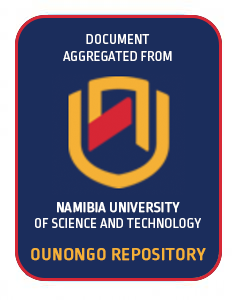Land use and management effects on soil organic matter fractions in Rhodic Ferralsols and Haplic Arenosols in Bindura and Shamva districts of Zimbabwe
Soil organic carbon (SOC) is a major attribute of soil quality that responds to land management activities which is also important in the regulation of global carbon (C) cycling. This study evaluated bulk soil C and nitrogen (N) contents and C and N dynamics in three soil organic matter (SOM) fractions separated by density. The study was based on three tillage systems on farmer managed experiments (conventional tillage (CT), ripping (RP), direct seeding (DS)) and adjacent natural forest (NF) in Haplic Arenosols (sandy) and Rhodic Ferralsols (clayey) of Zimbabwe.



